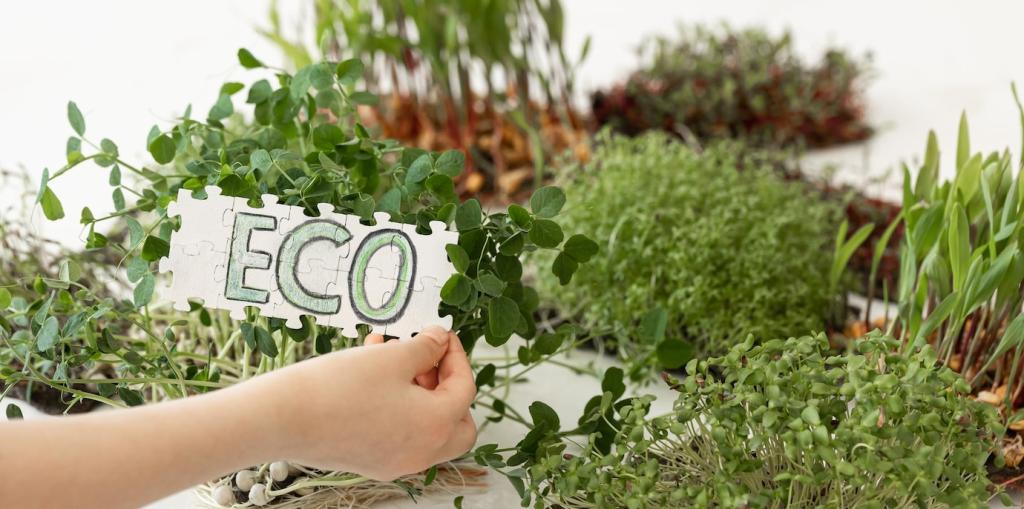Water Wise: Stormwater and Flood Resilience
Curb cuts guide runoff into planted basins where engineered soils slow, spread, and sink water. These small interventions collectively reduce flooding on heavy-rain days and protect rivers from pulses of polluted urban runoff.
Water Wise: Stormwater and Flood Resilience
Healthy soils act like sponges. Compost boosts infiltration, root channels create pathways, and mulch prevents crusting. Share your favorite soil-building tips, and subscribe for our upcoming guide to easy tests for infiltration and texture.







